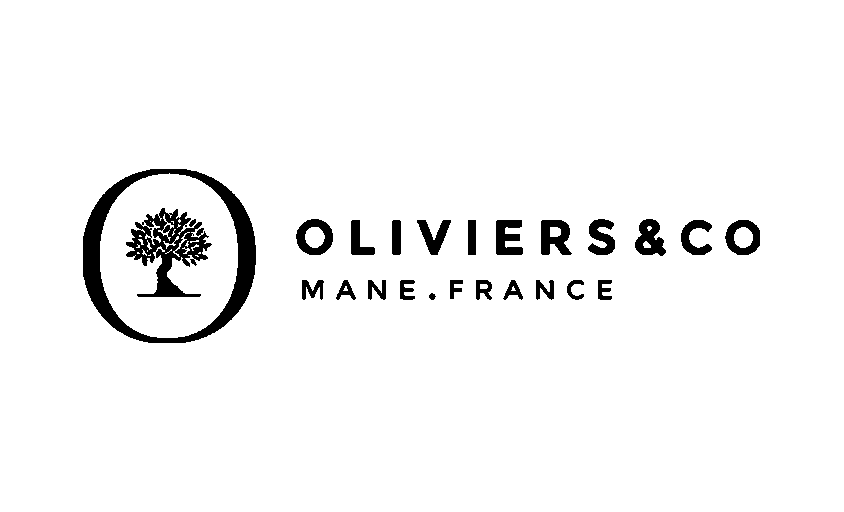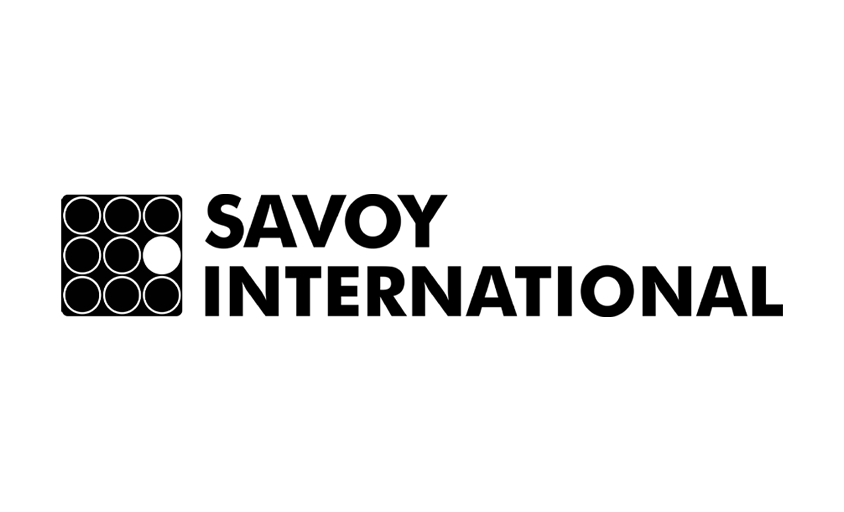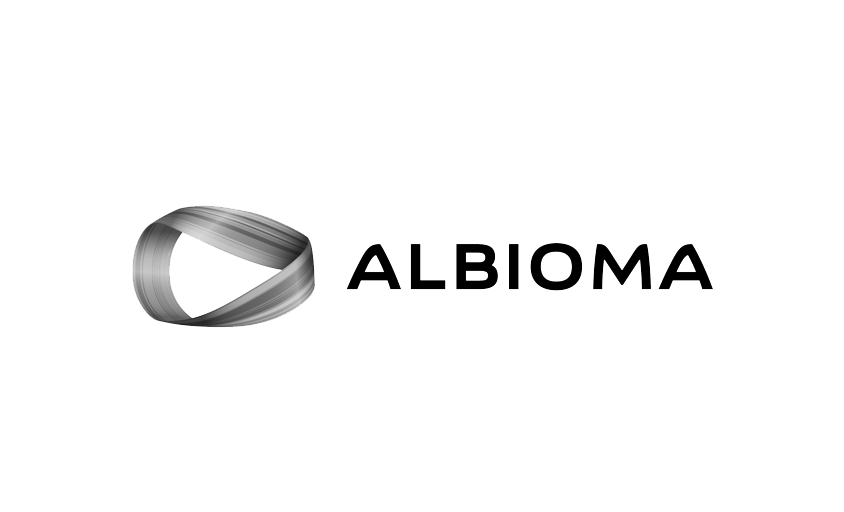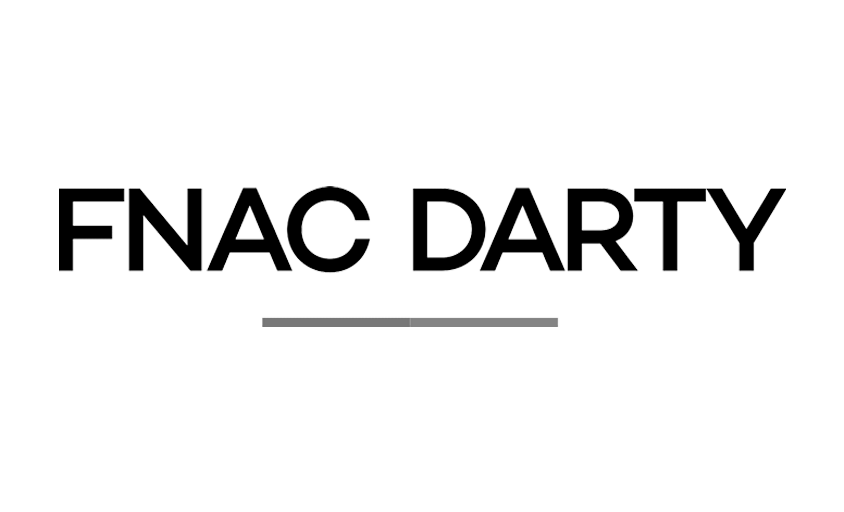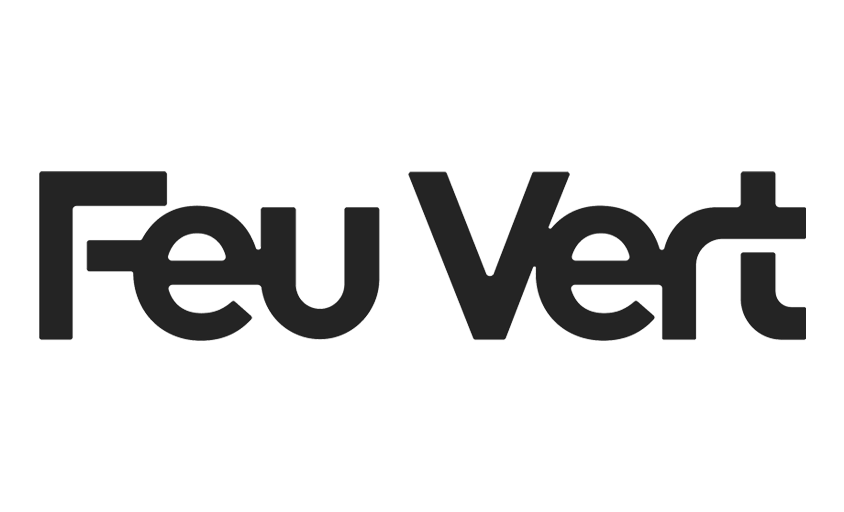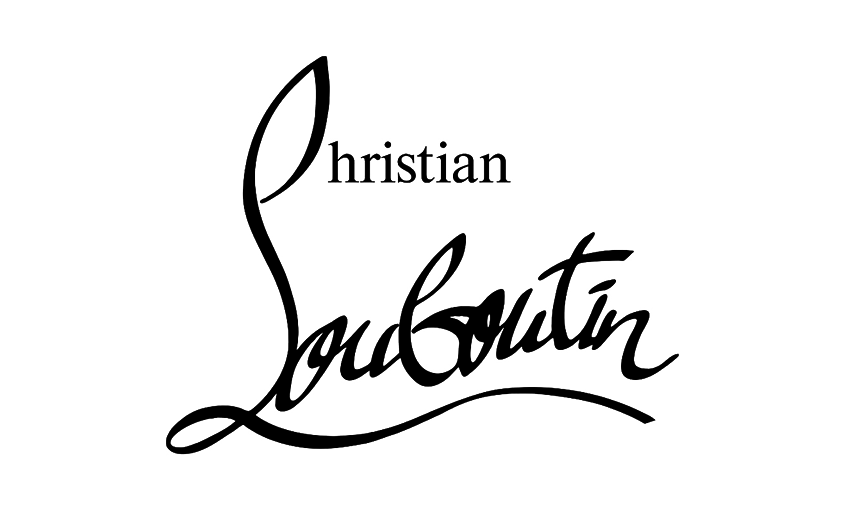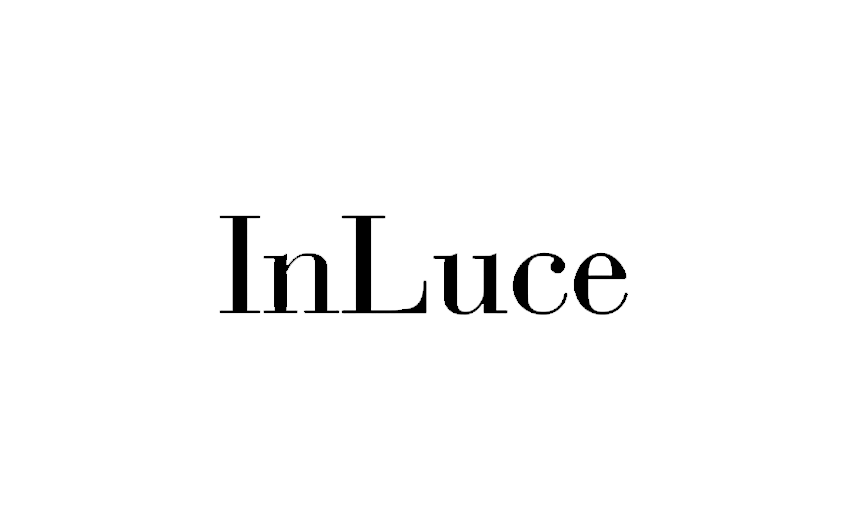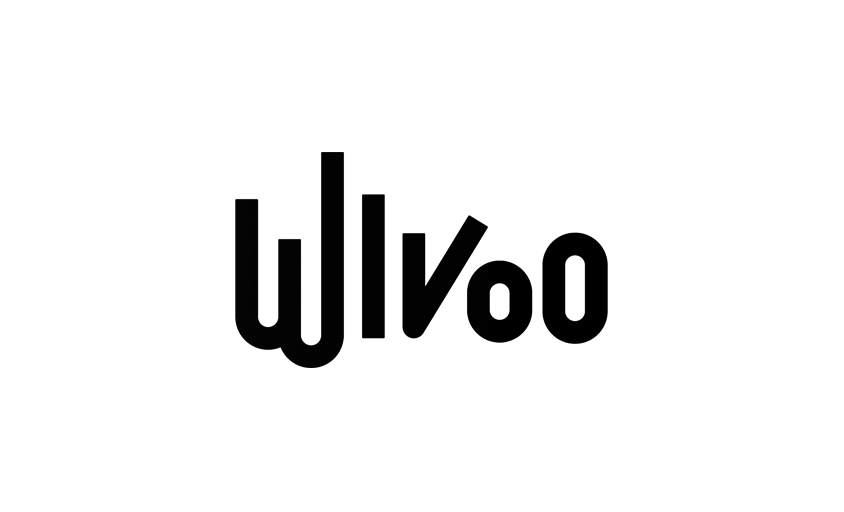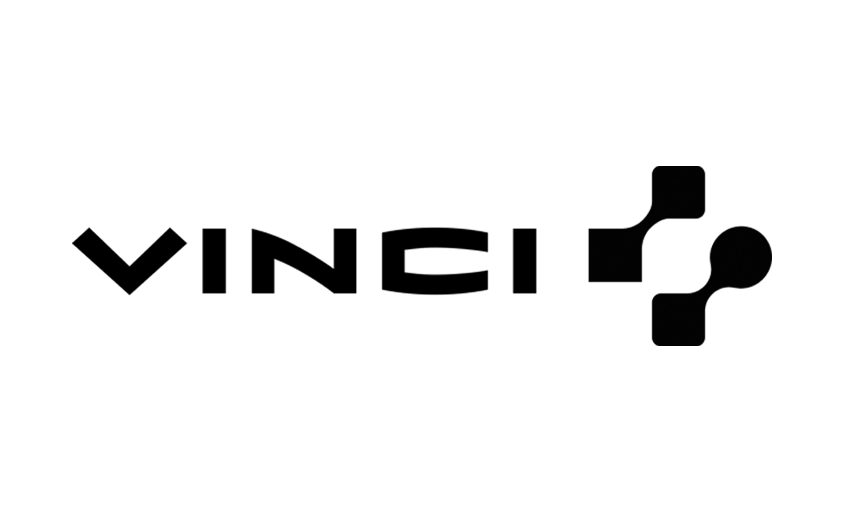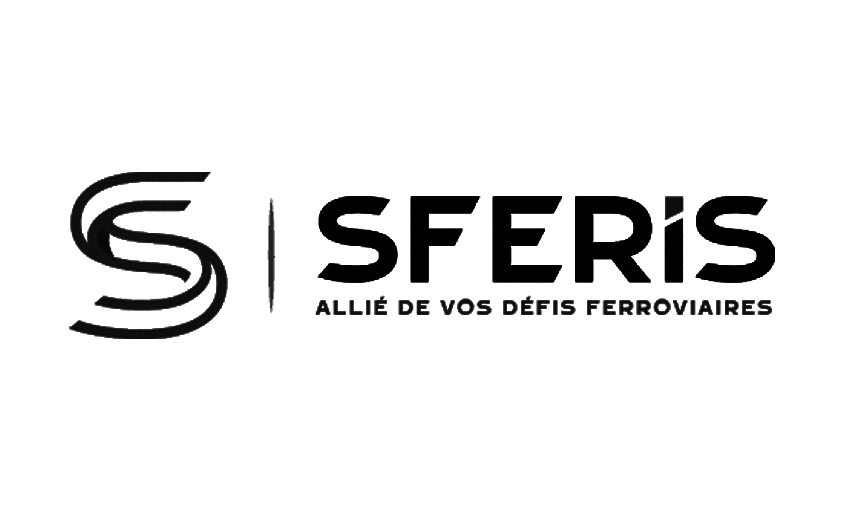Optimize Your Photo Production with a Large-Scale shoot
In this article :
Photography and visual production now play a central role in companies’ communication and marketing strategies. Images (whether photos, visuals, or videos) are often the first point of contact between brands and their audience. In this context, organizing a large-scale photoshoot for your products becomes a key strategic move for any brand looking to stand out.
Specifications of a Large-Scale Photoshoot
- Scale and Scope: A large-scale photoshoot typically involves an extensive production setup, including a significant number of products to photograph, elaborate sets, and often multiple shooting locations. The goal is to create a comprehensive image library for various uses, catalogs, e-commerce, marketing campaigns, social media, etc. It often serves to completely refresh the brand’s visual identity or to launch a new product line.
- Preparation and Planning: Advance planning is crucial. This includes creating a storyboard or moodboard, clearly defining image requirements, and maintaining close coordination among all stakeholders. The schedule is often complex and may extend over several days of shooting.
- Resources and Budget: A substantial budget is required to cover the high production costs. This includes creative talent (photographers, stylists, makeup artists, etc.), studio or location rentals, set design, specialized equipment, and sometimes even travel logistics. The production team is typically larger and more specialized.
- Goals and Image Usage: The aim is to produce a wide variety of images for use across multiple platforms and formats, requiring diverse shots and arrangements. The visuals created during a large-scale photoshoot can define a brand’s visual identity for years to come.
In summary, a large-scale photoshoot is a more ambitious and complex undertaking than a standard shoot, designed to deliver a broad range of high-quality visuals that support a brand’s long-term goals. While it demands greater resources, planning, and investment, it offers in return a rich and diverse collection of visual content capable of captivating and engaging audiences over time.
When to Opt for a Large-Scale Photoshoot
Organizing a large-scale photoshoot can offer significant economies of scale across various types of projects. Here are some key scenarios where a large-scale shoot proves especially beneficial:
- New Collection Launch: For fashion or interior design brands launching a new season or product line, a large-scale shoot allows for capturing all items at once. This ensures visual consistency while reducing the unit cost per image.
- Complete E-Commerce Website Overhaul: When a business plans to refresh its entire website with new product images, a well-organized large-scale shoot can provide all the necessary visuals efficiently, avoiding the need for repeated photo sessions.
- Omnichannel Marketing Campaigns: For campaigns spanning multiple platforms (social media, email, print ads, etc.), a large-scale shoot delivers a wide range of content tailored to each channel, while optimizing the production budget.
- Catalogs and Lookbooks: Companies producing printed or digital catalogs benefit from a large-scale shoot by obtaining a variety of images consistent in style and quality, allowing for a cohesive presentation of all products.
- Seasonal or Annual Updates: Brands that regularly update their offerings can save money by planning an annual or seasonal shoot to photograph all new products at once, rather than organizing multiple smaller sessions throughout the year.
- Large-Scale Product Launches: Companies introducing a wide range of new products to the market will benefit from a large-scale shoot that captures all items within a unified visual framework, maximizing impact at launch.
- Corporate Image Libraries: Businesses looking to build a visual content bank for future needs (annual reports, internal communications, presentations, etc.) will find great value in conducting an extensive shoot to create a versatile image archive.
- Elaborate Setups: Products requiring complex setups or staging (such as furniture, outdoor gear, or vehicles) are more economically photographed during a large-scale shoot that consolidates production costs.
- Collaborations and Limited Editions: Special projects like brand collaborations or limited-edition launches benefit from a large-scale shoot that highlights the uniqueness and creativity of these offerings while making optimal use of resources.
- Strengthening Brand Identity: For brands aiming to make a strong visual impact, a large-scale shoot presents an opportunity to create a cohesive series of powerful, memorable images that effectively convey the brand’s values and essence.
In all of these cases, a large-scale photoshoot offers not only cost advantages but also the opportunity to produce high-quality, cohesive, and impactful visual content that supports a brand’s long-term strategic goals.
Benefits of Conducting Large-Scale Photoshoots
The benefits of a large-scale photoshoot, especially when executed with meticulous attention to photographic and visual production details, are numerous and diverse. This comprehensive approach goes beyond simply capturing high-quality photos and videos; it also includes rigorous image management and optimization, as well as a significant boost in productivity throughout the photo process. Here’s how these elements intertwine to drive a brand’s commercial and marketing strategy forward:
Consistency and High Quality in Photography and Visual Production
A large-scale shoot enables the production of a broad range of visual content (including photos, graphics, and videos) that are essential for brand storytelling. Using a professional photo studio ensures each image reflects the desired quality and aesthetic, which is crucial for catalogs, e-commerce websites, and social media platforms like Instagram. This visual consistency strengthens brand identity and enhances the user experience across all sales channels.
Image Management and Optimization for Maximum Performance
Post-shoot steps like error checking, renaming, retouching, and image reorganization are key. Thanks to an optimized workflow and an integrated photo library, brands can easily control image quality, minimize errors and inconsistencies, and conduct detailed image analysis. This ensures that visual content not only looks impeccable but is also precisely tailored to meet the standards of e-commerce platforms and marketplaces, facilitating its storage and use in Digital Asset Management (DAM) or Product Information Management (PIM) systems.
Increased Productivity and Industrialized Photo Workflow
The methodical approach of a large-scale shoot contributes to a smooth production flow, where every stage—from shooting to post-production, is carefully planned to avoid mistakes and inconsistencies. This industrialization of the workflow saves time and reduces long-term costs, ensuring that photos and videos are ready to use much faster. Enhanced productivity results in faster product time-to-market, which is vital in the fast-moving world of digital commerce.
Strategic Advantages for Business and Marketing
The impact of a large-scale shoot goes far beyond simple content creation. It plays a key role in a brand’s commercial and marketing strategy by improving conversion rates and supporting sales across multiple e-commerce channels and marketplaces. By delivering a variety of visual content tailored to each platform, brands can effectively implement their omnichannel strategy and enhance product merchandising. High-quality visuals capture consumer attention, boost engagement, and drive sales, crucial for remaining competitive in today’s marketplace.
In conclusion, conducting a large-scale photoshoot is a strategic approach that holistically integrates photography and visual production, image management and optimization, as well as productivity enhancement within the photographic process. For brands aiming to stand out and boost their online presence, investing in a large-scale shoot offers undeniable advantages, ranging from visual consistency and superior content quality to operational efficiency and improved commercial performance.
All in all, organizing a large-scale photoshoot goes far beyond a simple shooting session. It encompasses the creation of captivating visuals, effective image management, and greatly contributes to the brand’s visibility and commercial success. Investing in such sessions reflects a commitment to visual excellence, which is essential to stand out in today’s competitive digital landscape.
Jérémy Carlo is the editorial director at Rétines, where he ensures the consistency and clarity of all content produced by the studio.
Our Clients
Let’s discuss
What we do for you at Rétines
Meticulous work, an organised project and fast delivery. And to achieve this, we mobilise the right resources in our teams at the right time.
01
Pre-production
Artistic and technical direction tailored to the project.
Relevant recommendations on content, form and resources.
02
Photo Shooting
Photos taken by our experienced photographers.
Production that’s controlled, efficient and tailored to the needs of the project, with nothing superfluous.
03
Retouching
Technique
Photographs magnified by our retouching team.
Post-production to meet the commercial challenges of the brief.

